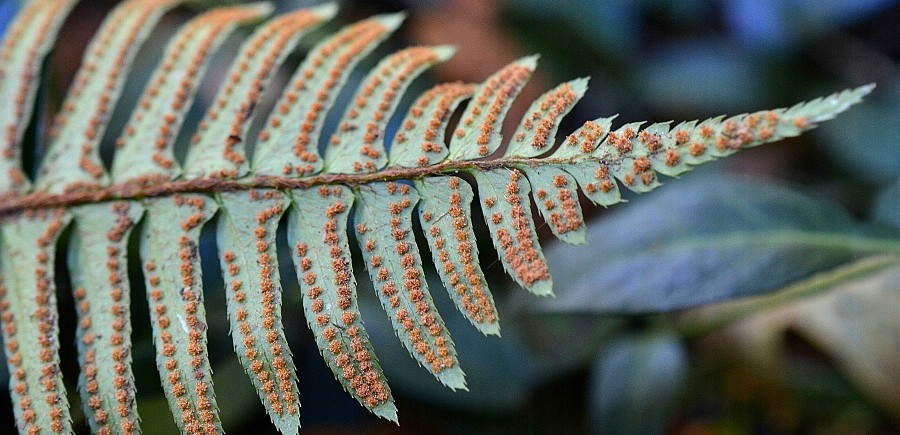
Wildflowers are the stuff of my heart! —Lady Bird Johnson (1912-2007)
____________________
Each spring we visit the small desert town of Maupin, named for American settler Howard Maupin (1815-1887). Maupin is 45 miles east of Mount Hood. It became an incorporated city in 1922, and has continued to keep its charming small town appeal etched within the Deschutes River Canyon in Oregon’s high desert.
Although wildflowers were the main focus of this day trip, the Maupin section of the Deschutes River Canyon has many other points of interest. It is this place where thousands of cliff swallows (Petrochelidon pyrrhonota) spend the summer raising their broods in mud houses along the girders of Maupin Bridge.

The canyon varies in depths of 900 to 2,600 feet. Standing at river’s edge, I suddenly felt very small. At my feet swirled the Deschutes River in all its glory, sloshing and slurping marvelously, carving its path through this arid land as it has done for centuries. This water flows cold, swift, and pure; a desert jewel reflecting some of the most incredible vivid shades of blues and greens I have ever seen. In the mix are rapids that roll and tumble. Their music is soothing. A song I could listen to all day. Barely audible were the screams and shouts of whitewater thrill-seekers coasting past in a blue raft cheering as they dug their paddles above the first set of rapids. Also along this blue ribbon water fly fisher’s casted to stealthy trout, steelhead, and salmon. I regretted not bringing my fly rod.

Rounding a bend in the road silver sagebrush (Artemisia cana) waved its silvery arms in the breeze. This sage shrub is a native perennial that blooms bright yellow (unscented) flowers in summer and fall. It makes up for lack of flowery fragrance in its stems and leaves, releasing spicy, sweet-scented oils when it rains. Silver sagebrush is a Native American medicine plant. A decoction of the leaves was used to aid digestion and for an all-purpose health tonic. The leaves were also chewed to relieve thirst.
In the company of silver sagebrush bloomed another native perennial, sulphur flower (Eriogonum umbellatum var. polyanthum). Its medicinal uses include an infusion of the whole plant to cleanse the intestines, and an infusion using the flowers for an eyewash.


Along the cliffs of the White River (a tributary of the Deschutes River) I found small-flowered fiddleneck (Amsinckia menziesii) a native annual whose shoots, leaves, and seeds were used for food by Native Americans.

At Sherars Falls (an ancient tribal fishing area) a bright, native, perennial (sometimes annual) herb bloomed from the rocks. It was Oregon Sunshine (Eriophyllum lanatum) whose seeds can be sun-dried and ground into meal.

Among the rocky outcrops, and anchored by a strong taproot, were the yellow to cream-colored flowers of heartleaf buckwheat (Eriogonum compositum). Bees, flies, beetles, and wasps tended the flowers. So involved was their work that I risked putting my nose to a flower to inhale the aroma that smelled faintly of honey. A tea made with the stems, leaves, and flowers of this medicine plant have been used for treating hypertension, bronchial complaints, headache, stomachache, and bladder ailments. A flower tea was used for an eyewash.

Another plant I was happy to see blooming was woods rose (Rosa woodsii)—a native, deciduous shrub. I might have missed this had we not pulled over to release a thread-waisted wasp that had been sucked in through an open window. Along the riverbank there had formed a large, thick hedgerow, loaded with deliciously sweet-scented pink roses. The stems, flowers, and fruit are edible. They can be used for flavoring a variety of foods and drinks. Woods rose is also a medicinal plant that is analgesic, astringent, anti-cancer, and diuretic. Parts used are the root, leaves, seeds, and fruits (rose hips) that are high in vitamins A, C, and E, and rich in fatty acids.

We stopped in town at the fly shop adding some new flies to our boxes. Across the street we ate deli sandwiches at the Maupin Market where they also sell my favorite Kentucky apple moonshine, and the best old-fashioned pickles I can’t find anywhere else. It was late afternoon when we left the canyon; the sun still high in the sky, and the desert blooming.
____________________
Copyright 2016. All rights reserved.

You must be logged in to post a comment.